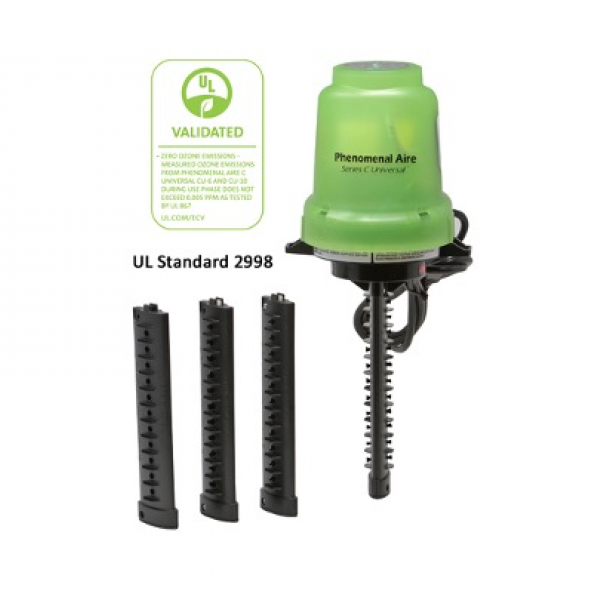A building’s design, construction, setup, and operations are all based upon the initial intended use of the facility and current building codes. The building’s ventilation system is designed to achieve acceptable IAQ levels based upon “normal” operating conditions. However, no matter the design, the ventilation system’s initial setup and operation have limitations. Heating Ventilation and Air Conditioning (HVAC) systems are complex mechanical systems subject to degradation over time. Buildings are dynamic spaces. Occupancy, building use, operational expectations, and building codes change and evolve. Recent world events related to the pandemic and climate change are dramatically redefining “normal” operating conditions.
 The volume of outdoor air introduced into a building is essential to achieving acceptable indoor air quality through diluting airborne pollutants (including aerosolized viruses like SARS-CoV-2), maintaining adequate building pressures, and controlling temperature and humidity levels.
The volume of outdoor air introduced into a building is essential to achieving acceptable indoor air quality through diluting airborne pollutants (including aerosolized viruses like SARS-CoV-2), maintaining adequate building pressures, and controlling temperature and humidity levels.
The continuous and accurate measurement of air volume matters. When a ventilation system fails to provide proper ventilation, the effects are not immediately known. Unless the outdoor airflow rate is actively measured, determining under-ventilation or over-ventilation may only come after a preventable outcome.
- Under-ventilation can negatively impact occupant comfort, health, and safety. Headaches, fatigue, upper respiratory irritations are examples of delayed indications of under-ventilation. When a large population of occupants experiences these conditions, it is historically referred to as Sick Building Syndrome. The potential for transmission of aerosolized viruses, like SARS-CoV-2, raises the importance of measuring air volumes and having real-time data to verify environmental conditions and indoor air quality.
- Over-ventilation can negatively impact building operations and operational expenses. Each cubic foot per meter (CFM) of outdoor air introduced into a building must be treated (cooling, heating, filtering) to achieve the desired environmental conditions inside a building. Increasing the volume of outdoor air increases the workload and operational stresses on the HVAC system. Increases in capacity and equipment runtimes directly increase the consumption of energy and associated energy costs.
The volume of ions in indoor air matters because ions contribute to cleaning air. Some of the cleanest outdoor air is near cascading water, such as the shorelines of rivers, oceans, and waterfalls. The energy generated from the crashing waves and plunging water fills the air with ions. These ions act as naturally scrubbing agents and clean the nearby air.
When measured, ion levels in these locations typically range from 1,000 to 3,000 ions per cubic centimeter (ions/cc). EPA studies of human exposure to air pollutants indicate that indoor pollutant levels can be 2 to 5 times higher than outdoor levels. And, when measured, the volume of ions in indoor air typically only averages in the hundreds of ions/cc.
HVAC systems that incorporate advanced indoor air quality technologies that focus on measuring and cleaning indoor air offer the greatest benefit to building occupants and greatest ROI for building owners.

Phenomenal Aire™ advanced IAQ technology utilizes needlepoint bipolar ionization technology to generate ions and clean indoor air. Phenomenal Aire’s superior design maximizes ion production. Higher volumes of ions released into an HVAC airstream increases agglomeration activity and the efficacy of the air cleaning process. Higher production volumes also offer a greater number of ions to travel from the HVAC system into the occupied space, where they contribute to raising indoor air ion levels closer to those found in clean outdoor air settings.
Third party studies have shown that ions generated by needlepoint bipolar ionization can have an anti-microbial effect on certain viruses, like SARS-CoV-2, which ultimately leaves the virus inactive.
For more information on Phenomenal Aire, visit www.phenomenalaire.com.




Join the conversation: